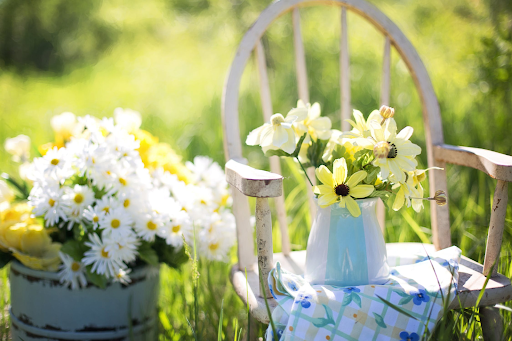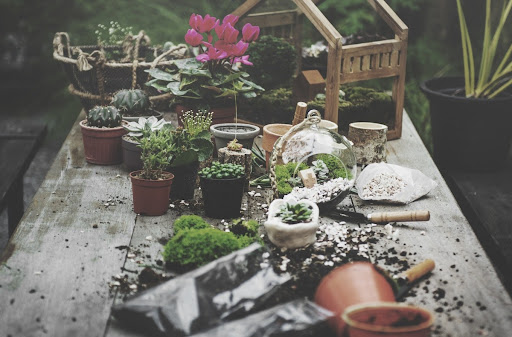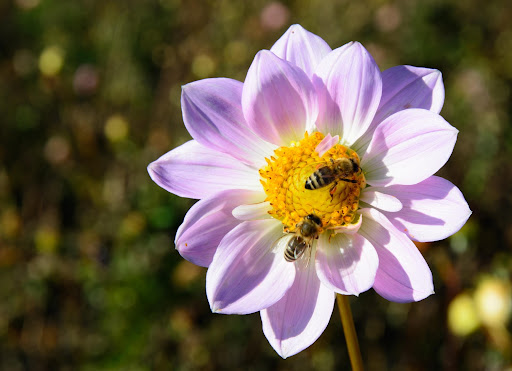A garden is a place of peace, beauty, and serenity. The perfect opportunity to enjoy the sunshine and nature. A place where you can escape from your everyday life for a while and find some tranquility in the midst of all the chaos that surrounds us. One that brings an unparalleled sense of calmness to your soul as it soothes away any worries or stresses you may have had before visiting it.
But what if I told you that there are many things happening in your garden right now that could be threatening this tranquil experience? What if I were to tell you about common mistakes people make when they create their gardens that could jeopardize not only their enjoyment but even the plants themselves? This article will discuss three of the most common mistakes made when starting a new garden.
Mistake #1: Choosing a bad location
This is the most common mistake in gardening and it can really set you up for failure. Many people make the mistake of choosing a location without taking into consideration what plants need to grow best or even where they want to go. Here are some common mistakes related to location:
- Choosing a shady location: Many people like to plant by the house because it is convenient but they fail to realize that shade provides for poor soil conditions.
- Choosing a windy location: Wind is bad for your garden because it causes stress on plant leaves and blown away seeds.
- Choosing the wrong size: It is also important to consider the size of your garden. Too big and it becomes too difficult to maintain, too small and there will be a loss of productivity.
- Not considering your neighbors: Make sure your community allows for gardens. Also, make sure your new garden isn’t growing into someone else’s property by consulting a land surveyor.
Mistake #2: Choosing the wrong plants
Plants are a great way to bring nature into your life but they require a lot of work and dedication, so it is important to choose carefully. Simply put, you can’t just pick any plant and expect it to thrive or even survive. Here are some big mistakes people make when choosing plants:
- Not considering the environment: Make sure the plant you choose can grow in your area. For example, if you live in a hotter climate avoid plants that require cooler temperatures.
- Not considering the season: The planting season is different throughout the year so make sure you pick plants that are appropriate for what time of the year it is.
- Not considering the preparation required: Depending on what kind of plants you choose they all have different needs. Some need soil deeper in their roots, some need to be watered differently and some have special lighting requirements.
Mistake #3: Not considering maintenance
Gardening is more than just selecting the plants, it requires a lot of maintenance to ensure that you are providing proper care. This is where doing your research can really pay off as it will give you the knowledge necessary to properly care for them. Here are some of the most important maintenance requirements:
- Having a plan: You will need to create a plan that details the timing of care. For example, when do you fertilize and how much?
- Not considering pests: No garden is safe from damage caused by insects and other pests. It is important to have an effective yet sustainable pest control plan. Beyond Pesticides is a great resource that you can use as you create an environmentally friendly garden.
Avoid These Mistakes and You’ll Be Much Happier
If you want to enjoy a tranquil garden that soothes away any worries or stress, it is important to try to avoid mistakes from the start. These common mistakes people often make when starting their gardens are often related to choosing an inappropriate location, selecting plants that can’t grow in your area, not considering maintenance requirements, neglecting pests, and harming friendly insects. If you avoid these things, then chances are high that you’ll be much happier with what your new garden becomes!
Image via Pexels



